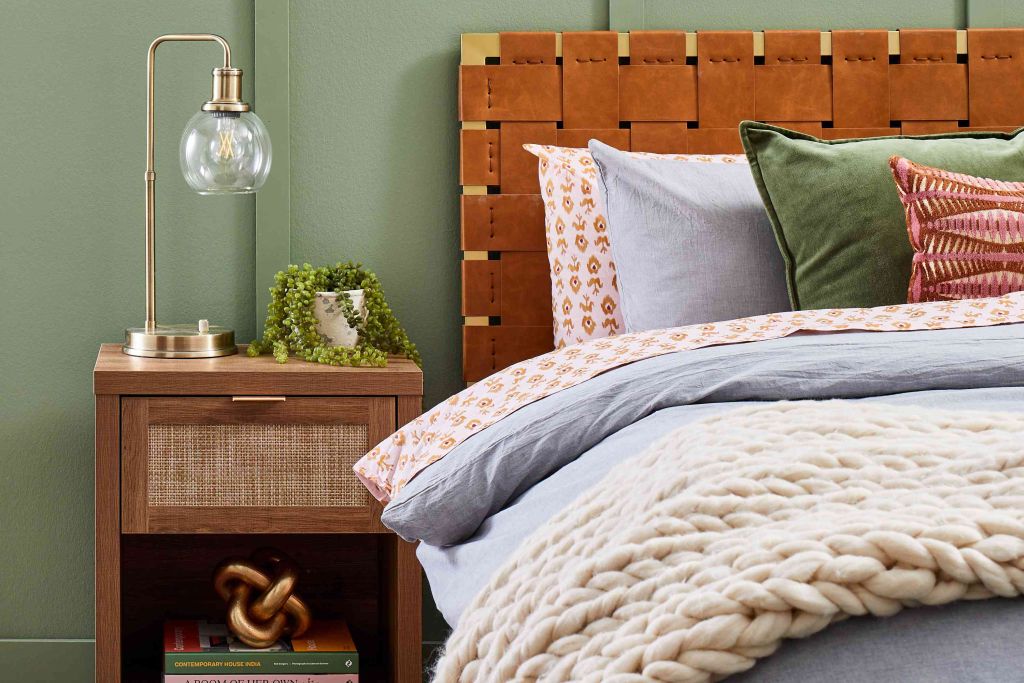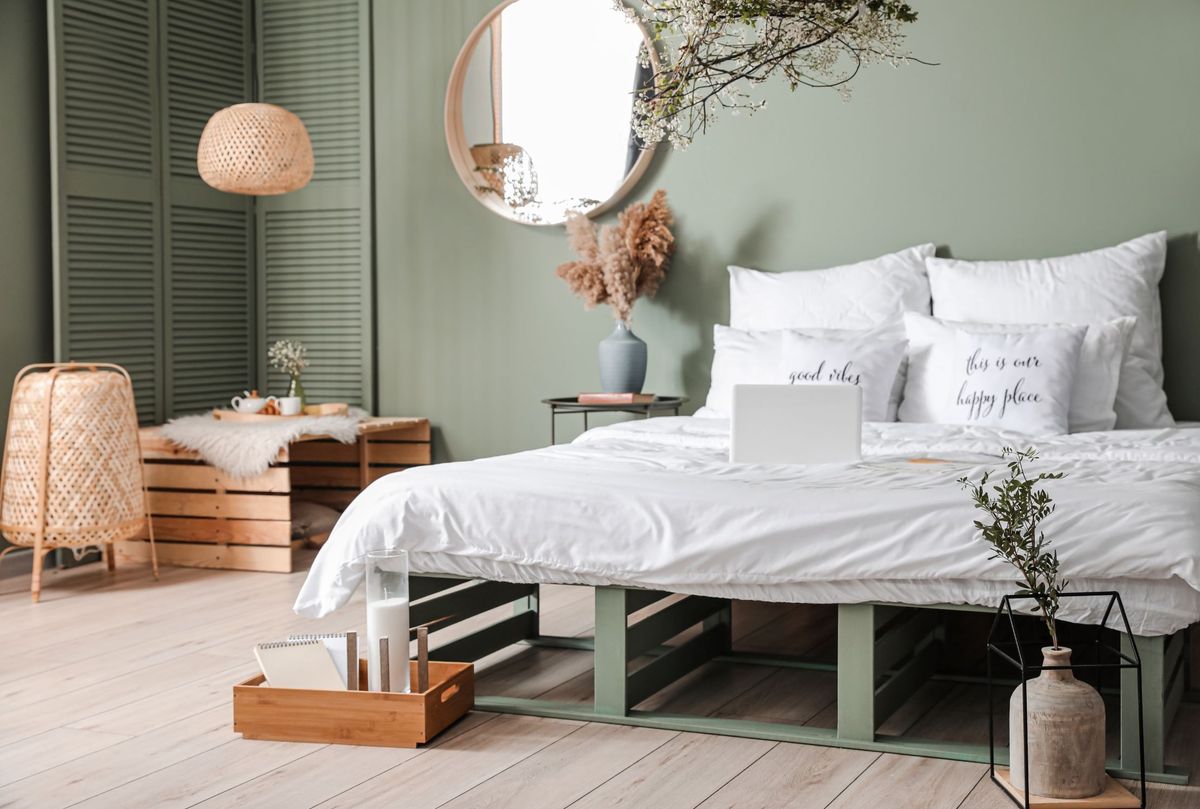The color palette of your bedroom plays a crucial role in creating a serene and inviting atmosphere. Choosing the right colors can transform your spac
The color palette of your bedroom plays a crucial role in creating a serene and inviting atmosphere. Choosing the right colors can transform your space into a sanctuary where you can unwind and recharge. This guide will help you navigate the process of selecting the perfect color palette for your bedroom, ensuring it reflects your personal style and promotes restful sleep.
Understanding Color Psychology
The Impact of Colors on Mood
Colors have a profound impact on our emotions and behaviors. Understanding color psychology can help you make informed decisions when selecting a color palette for your bedroom. For instance, blue is known for its calming and soothing effects, making it an ideal choice for a restful environment. Green, associated with nature, promotes tranquility and balance. On the other hand, bold colors like red and orange can be stimulating and energetic, which may not be conducive to a peaceful sleep setting.
Choosing Colors Based on Feelings
Consider how you want to feel when you enter your bedroom. If relaxation is your primary goal, opt for cool colors like blues, greens, and soft purples. For a cozy and warm ambiance, warm tones like beige, terracotta, and soft yellows work well. Understanding the emotional impact of colors will guide you in creating a space that aligns with your desired mood and atmosphere.

Creating a Harmonious Color Scheme
The Basics of Color Theory
A harmonious color scheme is essential for a visually pleasing bedroom. Start by understanding the basics of color theory, which involves the color wheel and the relationships between colors. Complementary colors, which are opposite each other on the color wheel, create a vibrant contrast. Analogous colors, which are next to each other, offer a more subtle and cohesive look.
Balancing Neutrals and Accents
A balanced color scheme typically involves a combination of neutral base colors and accent hues. Neutrals like white, gray, and beige provide a versatile backdrop that can be easily complemented with bolder accents. Use accents sparingly to add pops of color without overwhelming the space. For instance, a neutral gray wall can be enlivened with teal or coral throw pillows and artwork.
Considering Lighting and Space
The Role of Natural and Artificial Light
Lighting significantly influences how colors appear in a room. Natural light enhances the true colors of your palette, while artificial lighting can alter their shades. Consider the amount of natural light your bedroom receives throughout the day and how it affects your chosen colors. For rooms with limited natural light, opt for lighter shades to reflect more light and make the space feel larger.
Adjusting Colors for Room Size
The size of your bedroom also plays a role in your color choices. Lighter colors can make a small room feel more spacious and airy, while darker shades create a cozy and intimate atmosphere. If you have a large bedroom, you can experiment with darker or more saturated colors without making the space feel cramped. Balance is key—use colors to enhance the room’s dimensions and create the desired ambiance.
Personalizing Your Palette
Reflecting Your Personality and Style
Your bedroom should be a reflection of your personality and style. Think about the colors that resonate with you and make you feel comfortable. Whether you prefer a minimalist, bohemian, or traditional aesthetic, your color palette should align with your tastes. Personal touches, such as favorite colors or meaningful hues, can make your bedroom feel uniquely yours.
Incorporating Trends and Timeless Choices
While it’s tempting to follow current color trends, consider how they fit with your long-term vision for your bedroom. Some trends may fade quickly, while timeless choices ensure your space remains stylish for years to come. If you love a trendy color, use it as an accent rather than the main hue, allowing for easy updates if your preferences change.
Conclusion: Crafting Your Dream Bedroom
Choosing the perfect color palette for your bedroom is a blend of science and personal preference. By understanding color psychology, creating a harmonious scheme, considering lighting and space, and personalizing your choices, you can design a bedroom that is both beautiful and functional. Remember, the goal is to create a space that feels like a retreat—a place where you can relax, rejuvenate, and enjoy restful sleep. Take your time, explore different combinations, and most importantly, trust your instincts to create the bedroom of your dreams.

COMMENTS